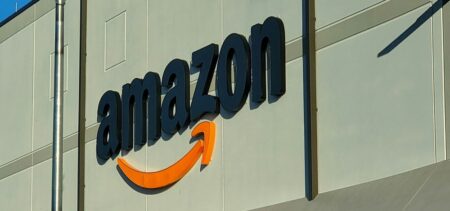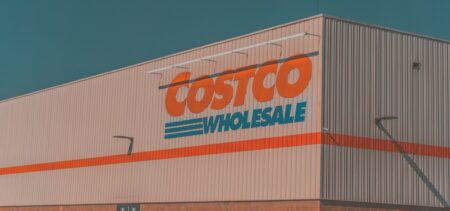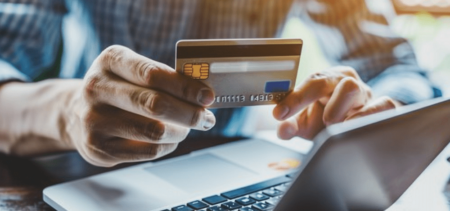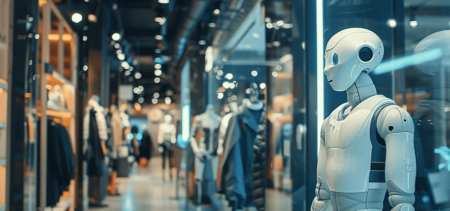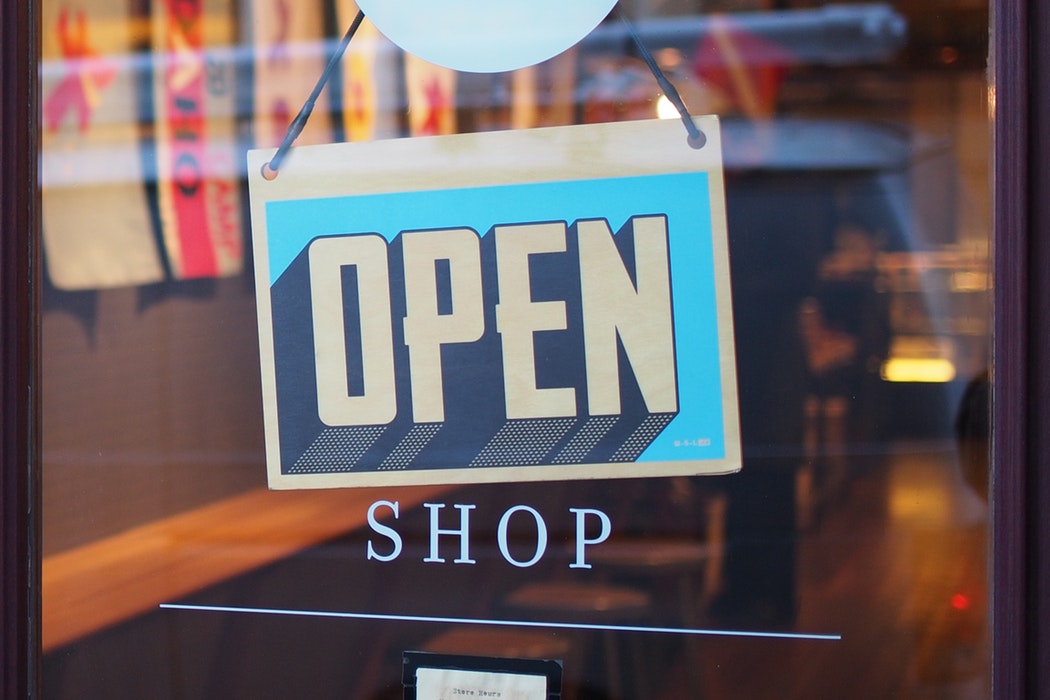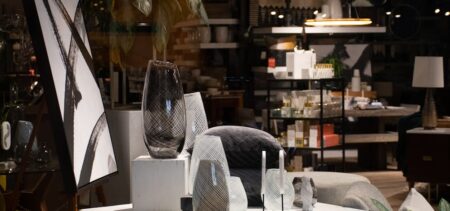The retail industry is well aware of the huge buying power of the Millennials. The people born between the year 1980 and the year 2000 are a driving force when it comes to retail, since they currently find themselves in their peak years, being active and dynamic. Making their own money (the ones born in the 80s and 90s), they remember the pre-digital boom times, while they comfortably installed themselves into all the commodities provided by the modern technology. They want to see it all and they demand quality and fast, upgraded services. They love being pampered, yet they might be environment conscious – the way brands treat employees, nature or community involvement influences their decisions.
All these in mind, it seems that the idea of Millennials being all about online shopping is in fact a myth
Actually they would rather visit the physical stores, as long as these stores raise to their expectations.
What do Millennials look for in brick-and-mortar stores? With 82 percent of the Millennials appreciating that physical stores are critical for brand presence, the importance of finding out the right answers to this question increases. Let’s see a few elements that attract Millenials:
- An integrated experience, where online deals and offers are met and fulfilled by the on display stocks, the merchandise corresponds to its marketed quality and specifications, and the general online-offline operations work together seamlessly; the previously mentioned proprietary global market research coming from Accenture, (a survey based on questions addressed to 6000 consumers), established that 68 percent of the Millennials expect a seamless, integrated shopping experience in the brick-and-mortar stores, as well as when dealing with the online stores – coordinated deals and offers, coupons that are digitally compatible with their modern devices, and a generally flexible, yet consistent flow of operations that would allow them to move in-between the physical and digital environments easily, without being at a disadvantage;
- Educated and helpful on-premises staff (customer service): the modern store personnel is expected to help, not to make the decisions for your customers; pushing rash decisions might backlash easily into returned products – the old impulse buy discussion included; trusting and authentic relationships engage customers and lay down the basics of customer loyalty when it comes to contemporary stores; a new era of authentic human interactions is dawning, and customers appreciate traditional, genuine qualities in retail human resources more than ever, because website real estate took over most of the mechanical interactions. Knowledgeable, polite yet warm, an expert staff leaves a lasting positive impression on your 16 to 36 year old customers;
- Well-designed, welcoming spaces that transform the shopping experience into a relaxed social outing (ambiance); Millennials love feeling comfortable; no-pressure store environments welcoming customers with accommodating design lines and eye-pleasing shapes and colors encourage these clients to spend more interactive time in commercial spaces, as well as to make an easy transition into the actual buying. Surfing the web and enjoying the on-premises Wi-Fi, browsing the products or chatting with friends are just standard moments for Millenials, topped by the stores that specially design hangout spaces for their customers and set up game zones or just cozy, entertaining areas;
- A coherent and reliable omnichannel experience, without gaps and contradictions between the operational segments (efficiency); we mentioned before how Millennials like to slide from one environment to another without hurdles; once they interact with a brand, they expect the same level of quality and efficiency no matter on what channel they choose to search, try or buy the products or services;
- Mobility and availability in the physical store that expands the online experience characteristics into the real world; no hurdles, no strings attached, no annoyance when it comes to seeing, feeling, trying on or even returning the merchandise (operational ease); while it is true that stores might have their reasons to maintain a high level of security on premises, it is also true that such activities should take place in the background, without disturbing the clients or improperly hinder their browsing or hangout activities; especially small businesses need to balance the tight, proprietary atmosphere with an optimized, welcoming, mobile-friendly attitude that lures customers in.
- Pre-selected merchandise is also a plus, once the pool of items present in a store is satisfying in terms of value and quality; “unique, cozy and quirky” customer experiences attract and keep niche clients and may be trendsetters; an older OpinionLab study revealed how Millennials enjoy hands-on shopping experiences when the store imprints its own vision on the selected merchandise batch;
- Dynamism and flexibility when it comes to immediately solving problems; for instance when a product needs to be returned or exchanged, a brick-and-mortar store may provide such services instantly, as opposed to an online service where the customer needs to wait for the delivery to be made to and from the warehouse or established point of operations; when physical stores are able to repair, exchange or take back merchandise in an efficient manner, the clients are positively impressed and tend to remember this for their future commercial choices.



